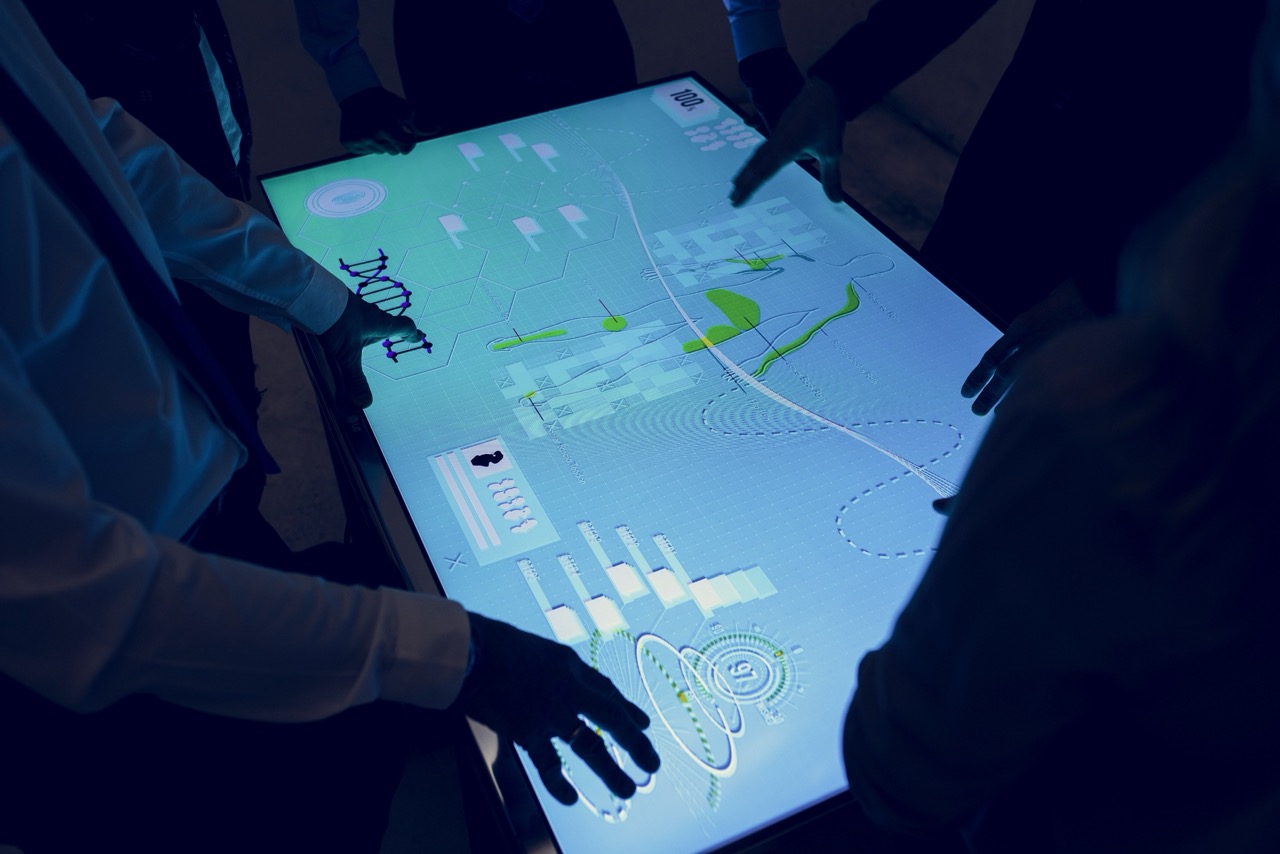How microscopic organisms are becoming the newest players in interactive entertainment.
The boundary between digital and biological worlds is blurring more and more with the emergence of “biotic games” — playful interactions where living microorganisms respond to player inputs. These games create meaningful connections between humans and microscopic life through technology.
For example, systems using light-responsive Euglena cells or electrically-stimulated Paramecia demonstrate how single-celled organisms can become game elements. Housed in specialized “biotic processing units,” these tiny organisms respond in real-time to player actions.
Beyond entertainment, this approach offers unique advantages for education and citizen science, allowing people to experience biotechnology first-hand rather than through simulations alone.
As both gaming and biotechnology continue evolving, this unique intersection could transform how we play and learn, making complex biological concepts accessible through engaging, hands-on experiences.







